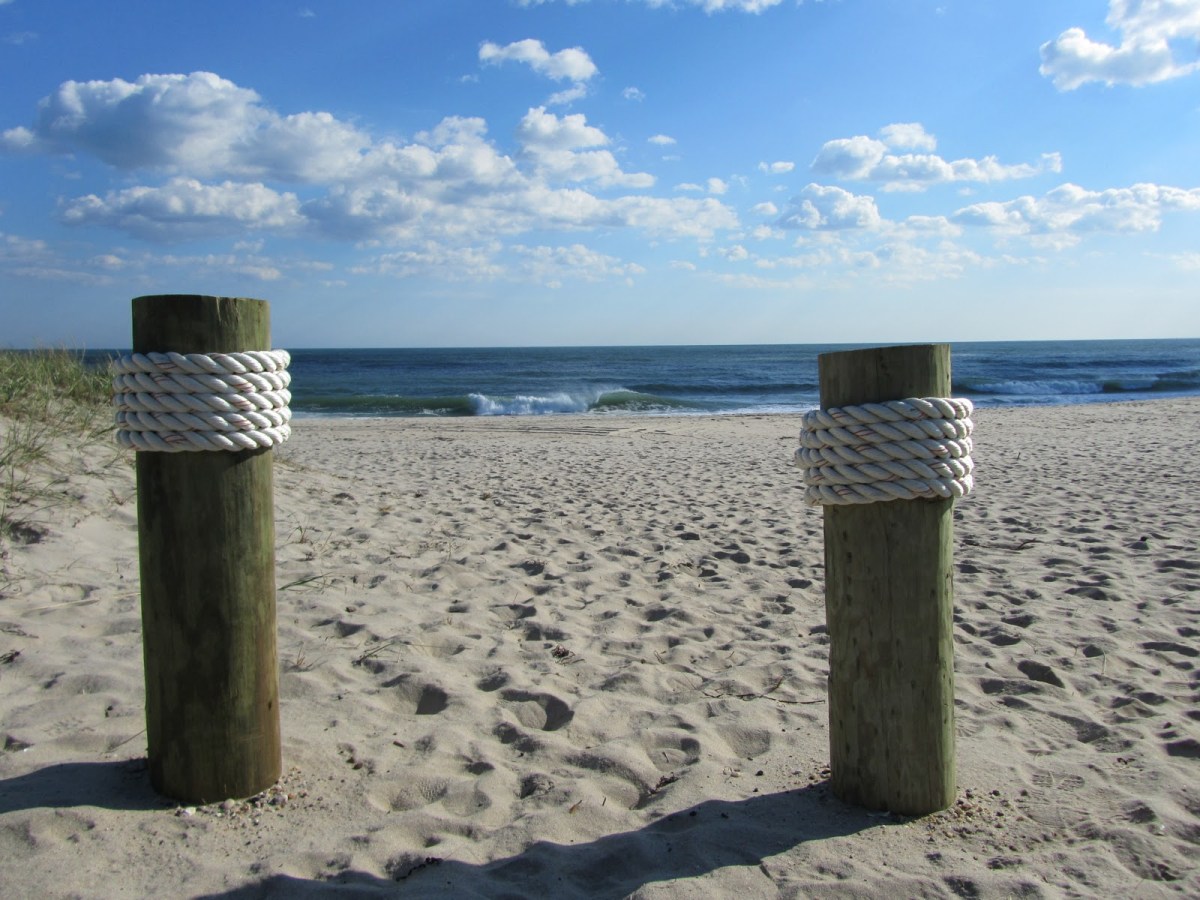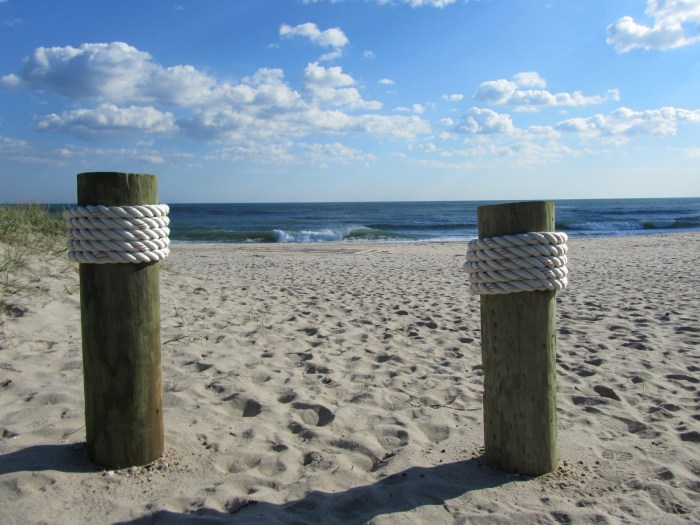Despite Resident Dismay, Code Changes Approved
Residents packed the village hall boardroom Aug. 13 to speak out about proposed changes to Garden City’s village codes. Seven public hearings were scheduled for the evening.
“I want everyone to understand that a number of these local laws were points of great discussion during the budget session a couple of months back,” Mayor Robert Rothschild said. “And these are all issues the board at that time felt would be discussed and brought up and voted on to see whether we could … raise additional fees. That’s why some of these are on the table this evening.”
The first hearing regarding reimbursements and fees for emergency response actions was adjourned while the sixth hearing regarding a proposed code change to the repair and maintenance of sidewalks and curbs was deleted. The local law proposed a change to require residents living on county roads to make not only sidewalk repairs but curb repairs as well. This change, however, is no longer on the table.
Trustees unanimously passed a change to Section 193-15 of the village code to permit the village to charge an administrative fee for functions performed by the village in connection with the impoundment and redemption of vehicles.
The change now redirects monies received from truck stop violations and the like from the state to the village. “We, as a village, regularly schedule truck stops. Fines can go up to $5,000. The fines went to the state. This redirects the money from the state to the village,” Trustee Dennis Donnelly explained.
Further, trustees approved a code change regarding dimensions and weights of vehicles, amending Chapter 193 of the village code to limit the dimensions and weights of vehicles on village roadways and provide for violations and penalties.
It was the remaining three proposed code changes that caused some controversy.
Something Stinks
A code change that permits the board of trustees to establish fees for special sanitation removal, including multiple dwellings, commercial establishments and tax-exempt establishments producing in excess of 250 pounds of garbage per week accumulation of waste, was met with much criticism.
Ray Carew of 100 Hilton Avenue, a 28-year resident of Garden City, the last seven years at the Wyndham, said collecting rubbish from six dumpsters for 148 units, most of whom are empty nesters, takes up much less time when compared to garbage collected from single-family homes.
“We’re talking about putting fees where trash is collected in a much faster amount of time,” Carew said. “So for the village to consider imposing fees is absolutely ludicrous. It’s less time, less rubbish. It just doesn’t make much sense.”
Jesse Weiss, also of 100 Hilton Avenue, agreed. “If anything, it’s as though it’s packaged as a gift,” referring to how neat residents discard their garbage in the dumpsters. “We are not an excess accumulation of waste.”
William Keegan, a member of the board of directors at Hamilton Gardens, which is located on Second Street, added: “Multiple dwellings produce far less [garbage] than home dwellers,” he said.
There are 107 units at Hamilton Gardens. Keegan argued that the village’s sanitation workers could collect the entire building’s rubbish in less than 10 minutes if they didn’t get stuck at the red light on Franklin Avenue.
“Multiple dwellings pay a far greater share of village taxes than single-family homes,” Keegan said. “We are the easiest pick-up for refuse. We’re paying a surcharge for being good neighbors and we’re very concerned about this.”
Bob Nouryan, also of the Wyndham East, believes imposing those kinds of penalties on good neighbors is discriminatory and unfair.
“When the issue was first discussed at budget time I think the primary focus was on commercial establishments. I personally don’t ever think this was ever contemplated. This does seem to be a little discriminatory,” Trustee John Mauk admitted.
Trustee Don Brudie said his memory parallels that of Trustee Mauk’s. “We were more concerned with commercial establishments,” he said.
Fees, according to the amendment, are to be established for each dumpster collected by the village and for five or more waste receptacles or compacted bags collected by the village per week. The potential fee, according to the mayor, is $30 a year per residence.
Trustees opted to mull this one over. Trustee Brudie made a motion to adjourn the hearing until the next board of trustees meeting scheduled for Thursday, Sept. 10. The code is currently being revised with the “strong likelihood” that multiple dwellings will be removed.
Sound the Alarm
Also met with great criticism was a proposed local law to amend Chapter 52 of the village code to enlarge the definition of an alarm system subject to the chapter so that it includes all alarm systems and not just those that dial directly to the village police department.
The local law calls for an annual license fee, yet to be determined by the board of trustees but not to be “excessive,” according to Mayor Rothschild. The local law also sets forth penalties for four or more false alarms during any consecutive 12-month period.
For Manny Velez of Nassau Boulevard, paying a fee just for having a house alarm almost makes him not want one at all. “Paying a fee for having an alarm almost deters you from having one,” he said. “I have no problem paying a fee for an additional service.”
Bob Orosz questioned why residents would be required to pay a fee to the county or town when it’s the village forces that are responding to the alarm. “In essence we’re paying on top of being monitored,” he said. “Why not pay the village and forget about the county and the town. That makes sense to me. I’m paying for the village to respond to the alarm. I’m not paying the county or the Town of Hempstead. They’re not coming. The village is coming. I think that would be a way to get revenue.”
Arnold Finnamore also objected: “I think its unfair we have to pay two fees for one alarm system.”
According to Fire Captain Gil Frank, Nassau County requires a registration fee through the Fire Marshal’s office. The Garden City Fire Department does not have full time dispatching.
“When Headquarters Company personnel (career personnel) are not in Headquarters to monitor the emergency lines, the Nassau County Fire Communications office (FIRECOM) answers our emergency lines. For that reason, all monitored fire alarms are required to notify the Nassau County Fire Communications office (FIRECOM) when a signal is received. FIRECOM then either notifies or dispatches the responsible fire department for response,” Captain Frank said. “Even if we had full time dispatching, there is a county requirement that requires residents to pay the county a registration fee.”
Tom Pinou, president of the Western Property Owners’ Association, said his members couldn’t understand why they were being charged for something that’s really part of their taxes as far as the police or fire departments responding.
“From our board’s perspective, we understand the interest in raising revenue. But we all had a problem with this one as far as registering something and paying an additional cost,” Pinou told trustees. “We understand that if there are multiple false alarms it is fair to charge the resident. But to charge the resident for having a system was not something we wanted to really understand. It felt like we were getting double dipped.”
Kathy Wood of Tullamore Road questioned how the proposed law addresses carbon monoxide detectors. Mayor Rothschild assured that a carbon monoxide alarm is considered a “viable call for a possible emergency,” and hence the resident would not be charged for a false alarm.
Trustee Dennis Donnelly told residents that the board has not yet set any fee. “We’re not setting a fee this evening,” he said. “The fee could be set at zero.”
Trustee John Mauk said the premise of the law was really to focus on the frequency of false alarms in the village. “The intent of this is really to address situations to reduce false alarms,” Mauk said.
There will be no penalty for up to three false alarms within any consecutive 12-month period. However, four to eight false alarms imposes a mandatory fine of $50 for each occurrence within any consecutive 12-month period; nine to 12 false alarms imposes a mandatory fine of $100 per each occurrence within any consecutive 12-month period; 13 or more false alarms imposes a mandatory fine of $200 for each occurrence within a 12-month period.
Every alarm system must be equipped so that upon activation of a burglary alarm, there will be a mandatory delay of at least 30 seconds before the transmission of a signal to the police department so as to enable the user to abort the signal in the event that it was triggered inadvertently. This delay, the law notes, will not be applicable to a robbery (hold up) or to medical emergency alarms.
Further, every alarm system that also signals a fire alarm must be equipped with a “separate distinguishing signal for each kind of alarm” and every alarm system emitting an “audible, visual or other similar response outside the premises” must include a device that automatically shuts off the outside audible or visual signal or other response within 15 minutes from activation.
Trustees Don Brudie and John Watras did not approve this local law. However, it still passed by a vote of 6-2.
The Price of Subdividing Your Corner Lot
The last and equally controversial local law discussed Aug. 13 entailed the establishment of a Residence R-20C corner overlay district in Garden City. Essentially, the code change adds a corner overlay district so that “no corner lot in the R-20C Corner Overlay District may be subdivided unless the resulting corner lot complies with all R-40 requirements.”
George Burke of Third Street, who spoke out against subdivisions in the Central section earlier this year, was in favor of the code changes.
He read a letter from neighbor Steve Irace of Fourth Street, who is also in favor of the restrictions.
In part, the letter stated: “Following the lead of Manhattan and Paris, a village of grand boulevards with imposing structures on large corner lots intersected by side streets with smaller lots and houses was created. The purpose of the plan was to give the feeling of mass and grandeur as one entered into the community on boulevards. To a large extent, this remains ‘garden city’ to this day. The garden speaks to the feeling of open landscaping the large corner lots present. The loss of that feeling affects the very character of our village and impacts negatively on all of our residents.”
Irace further stated that recently, in his opinion, those large corner lots had been targeted by developers and opportunists who have placed personal gain over village tradition and value. Some of those lots have been divided, relying on what has become a loophole in our zoning that permits or nearly permits such behavior…”
According to Building Superintendent Mike Filippon, this local law would affect 22 lots in the Central section.
Michael Nicholson of Hilton Avenue said the zoning changes are inconsistent with the existing zoning plan and the actual property conditions in the village and the Central section. He demanded the board abandon the proposal.
“The proposed zoning has no merit; it is whimsical, irrational, arbitrary and unreasonable and it is discriminatory, confiscatory and unconstitutional,” Nicholson said.
In speaking specifically about his avenue, Nicholson said, to his knowledge, there are currently 31 corner lots on Hilton. “The proposed R-20C zoning district would require 27 existing parcels that are between 11,000 square feet and 33,750 square feet to comply with R-40 requirements. This is not only impossible but also illogical. If the proposed zoning applies only to large corner lots, it targets and discriminates against the other four large corner lots, which is as illegal as spot zoning,” he said.
John Pascal of Second Street said that within 100 feet of his own home two very substantial subdivisions have taken place over the years, including one, he said, that allowed for a front yard setback five feet forward of all other houses on his street and another with a 15-foot backyard. “I never objected to them. They didn’t bother me,” Pascal said. “In a way, they’ve benefited the neighborhood. They certainly haven’t been a blemish in Garden City, in my opinion.”
Pascal, who was trying to subdivide his own 55,321 square foot lot into two smaller plots, said he now plans on applying for a variance but admits he doesn’t have much hope the village will grant him the right.
“Not long ago, a disagreement between two neighbors was the genesis of this plan; it was forwarded to the village board of trustees by a former Central section trustee and has since brought us to this point,” he said.
Pascal, who owns a ranch on Second Street, continued: “Before they came up with this selective rezoning I was satisfied with the zoning that existed. I had no intention of subdividing but land is a value in Garden City. I’m thinking more about my heirs and my grandchildren. I have no intention of taking my house down or building another house. I’m taking this action as a defensive move because of what they’ve done here. It’s just that they’re taking away future rights on a selective basis, in part, by using a 1888 map which envisioned large corner lots on ‘large boulevard’ streets, the majority of which have been already subdivided over the years. It’s simply for the future beyond my years here on earth.”
Pascal said his property is one of the four candidates, in his opinion, for subdivision. “Land is much more valuable than my home,” he said.
Kevin Walsh, Pascal’s attorney, told trustees that this local law should not be a “knee jerk reaction” to some developments around town. “Zoning should not be reactionary,” Walsh said.
Trustees unanimously approved the local law, which shall take effect immediately. The law, according to Filippon, does not preclude anyone from applying to the Board of Appeals for a variance.































